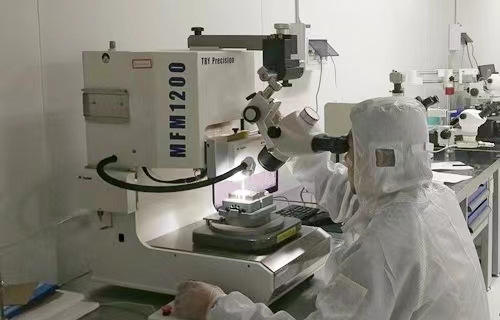Focus on Measurement & Control Technologies
12 doctors and 30+ masters senior R&D experts
10+ years development, design and service experience
News
Industry News
Precision in Motion: MEMS-based Gyroscope and the MGA1000
In the age of smart machines and self-governing systems, sensors …
2025-06-26
Miniature 6DoF MEMS IMU: The Core of Precision Navigation
In an era of smart machines, drones, and self-governing controls, …
2025-06-18
What is an Inclinometer Sensor?
An inclinometer is a precision instrument for measuring the angle …
2025-06-17
How many types of tilt sensors are there?
As intelligence and automation continue to deepen, more and more …
2025-05-30
What is the difference between IMU and MEMS
With the rapid development of science and technology, various advanced …
2025-05-08
How AHRS can reshape the future of navigation
From aircraft to smart cars: How does AHRS define “attitude …
2025-04-02




